【JLPT N5★ている(teiru) “be doing something “】
Meaning: be doing something
This form is used to express an action that is happening right now or a habitual action. It corresponds to the English “be doing.”
Formation:
Verb-てform + いる
日本語 / Japanese
(1) 私の兄はテレビを見ている。
(2) 私の母は新聞を読んでいる。
(3) 私の父は台所で料理をしている。
(4) 私は毎朝コーヒーを飲んでいる。
(5) 私の友達は毎週映画を見ている。
(6) 毎日、弟は学校で日本語を勉強している。
ことばと表現 / Words & Expressions
兄【あに ani】older brother
母【はは haha】mother
新聞【しんぶん sinbun】newspaper
読む【よむ yomu】to read
父【ちち titi】father
台所【だいどころ daidokoro】kitchen
料理【りょうり ryôri】cooking
毎朝【まいあさ mai-asa】every morning
毎週【まいしゅう mai-syû】every week
映画【えいが eiga】movie
毎日【まいにち mai-niti】every day
英語 / えいご / English
(1) My older brother is watching TV.
(2) My mother is reading a newspaper.
(3) My father is cooking in the kitchen.
(4) I am drinking coffee every morning.
(5) My friend is watching a movie every week.
(6) Every day, my younger brother is studying Japanese at school.
ひらがな / Hiragana
(1) わたしのあにはてれびをみている。
(2) わたしのはははしんぶんをよんでいる。
(3) わたしのちちはだいどころでりょうりをしている。
(4) わたしはまいあさこーひーをのんでいる。
(5) わたしのともだちはまいしゅうえいがをみている。
(6) まいにち、おとうとはがっこうでにほんごをべんきょうしている。
ローマ字 / Roman characters
(1) Watasi no ani wa terebi o mite iru.
(2) Watasi no haha wa sinbun o yonde iru.
(3) Watasi no titi wa daidokoro de ryôri o site iru.
(4) Watasi wa mai-asa kôhî o nonde iru.
(5) Watasi no tomodati wa mai-syû eiga o mite iru.
(6) Mai-niti, otôto wa gakkô de nihongo o benkyô site iru.
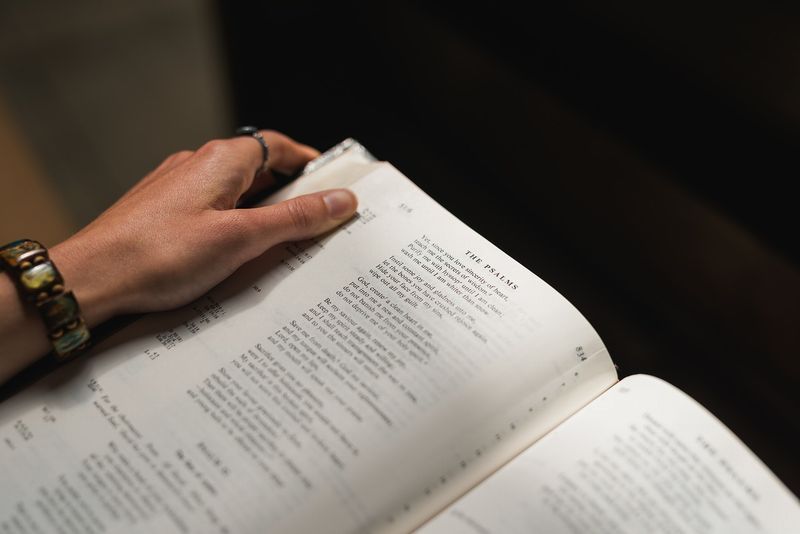










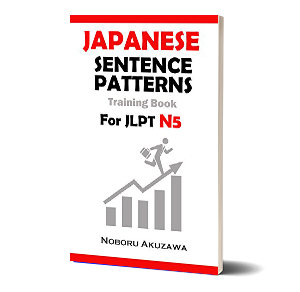
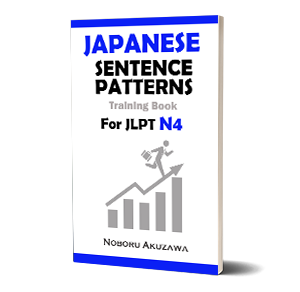
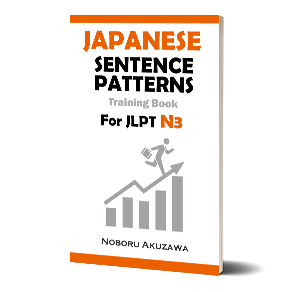
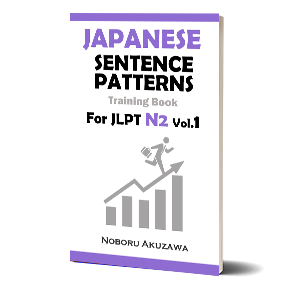
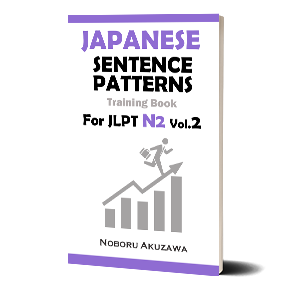

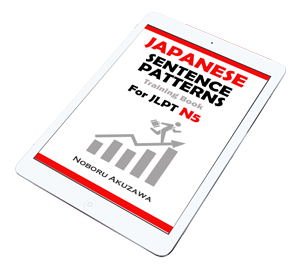
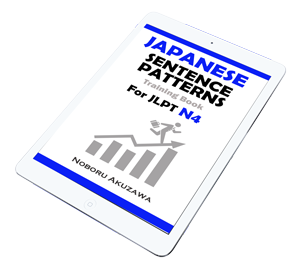
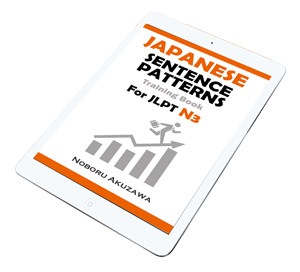

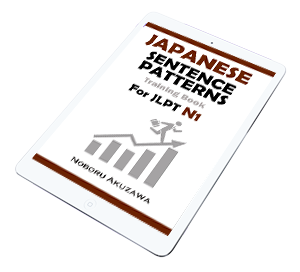










No comments yet.